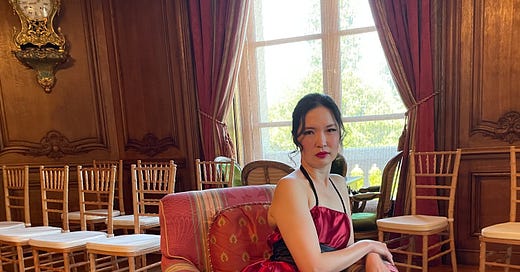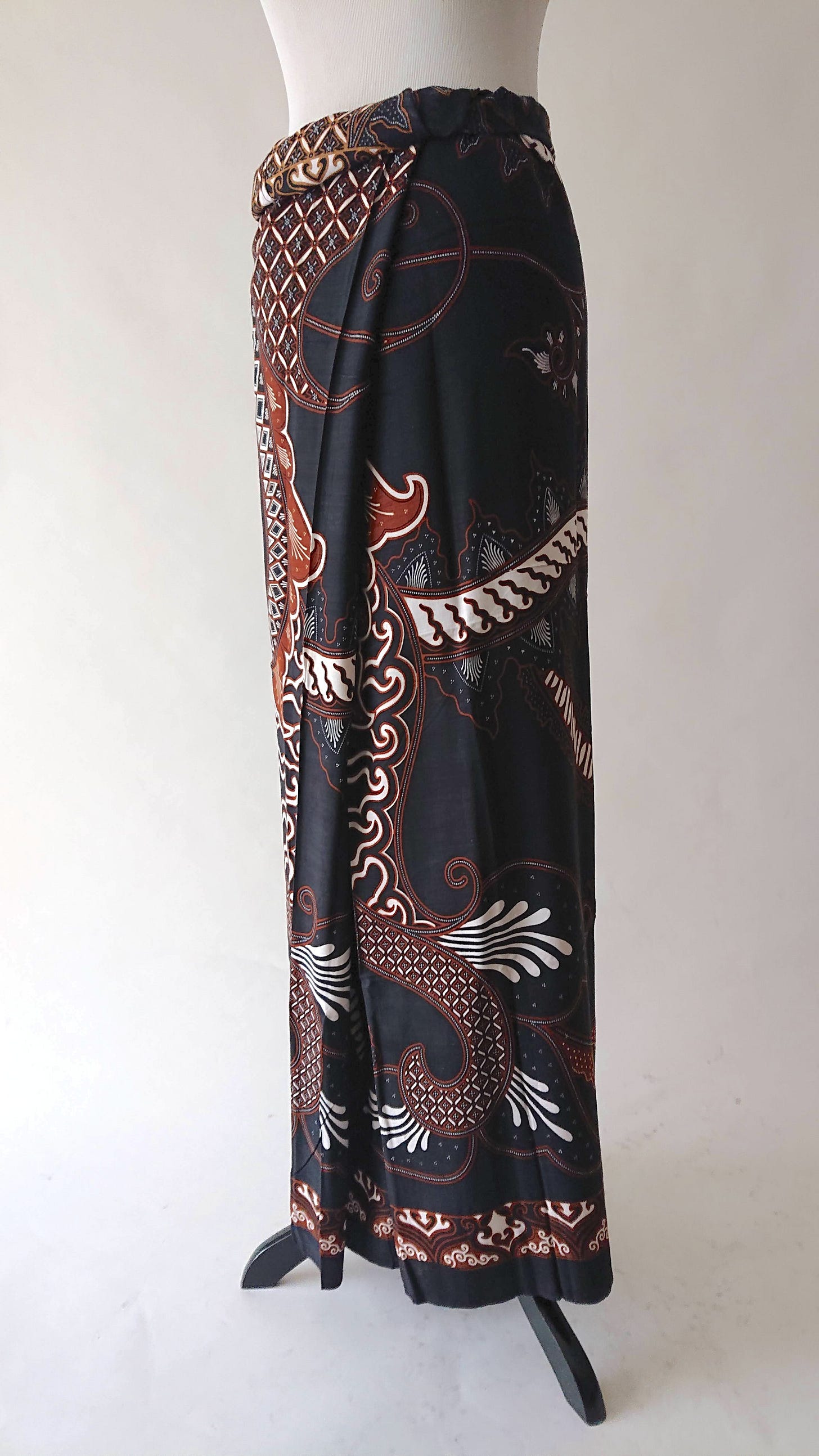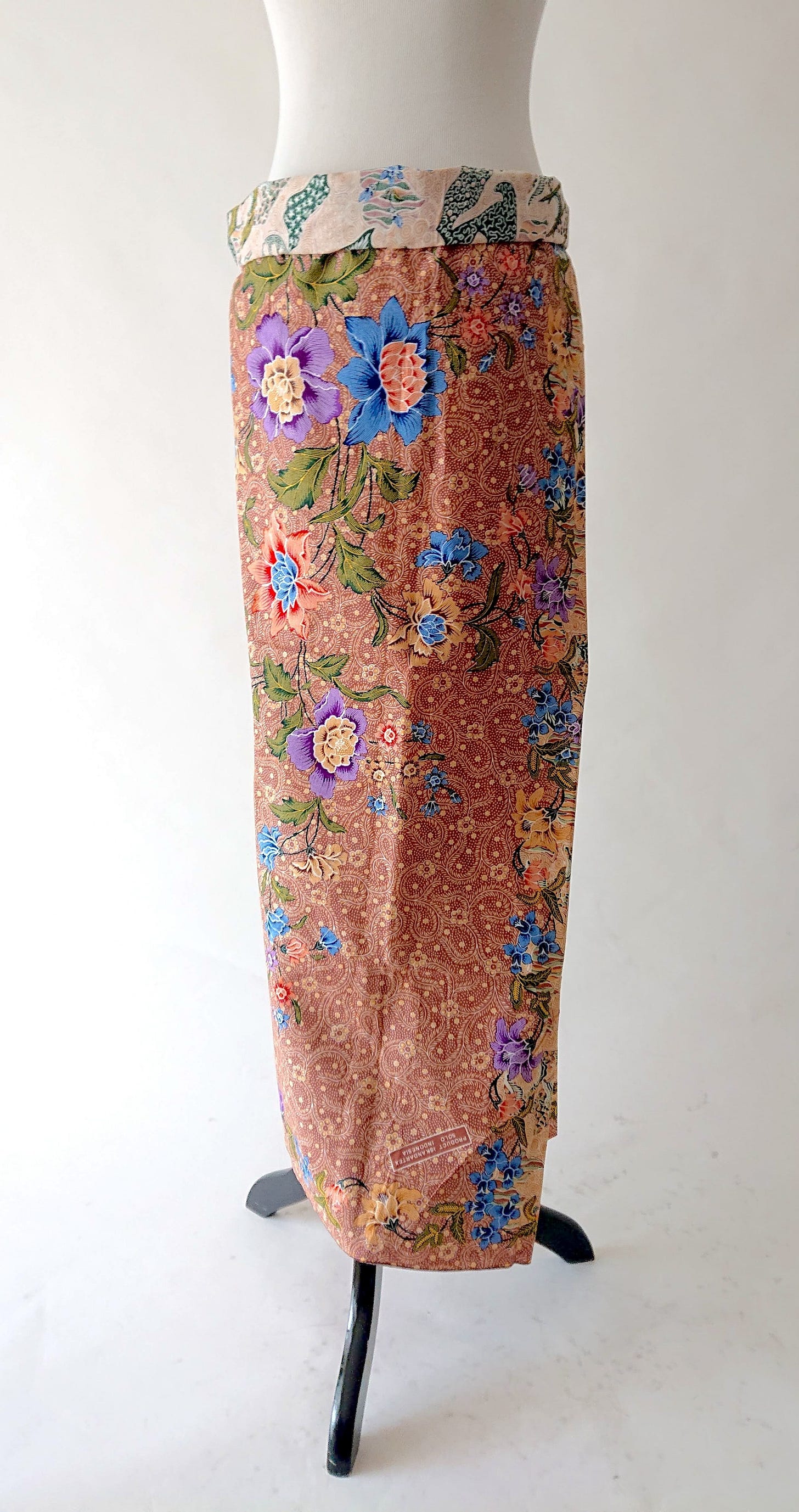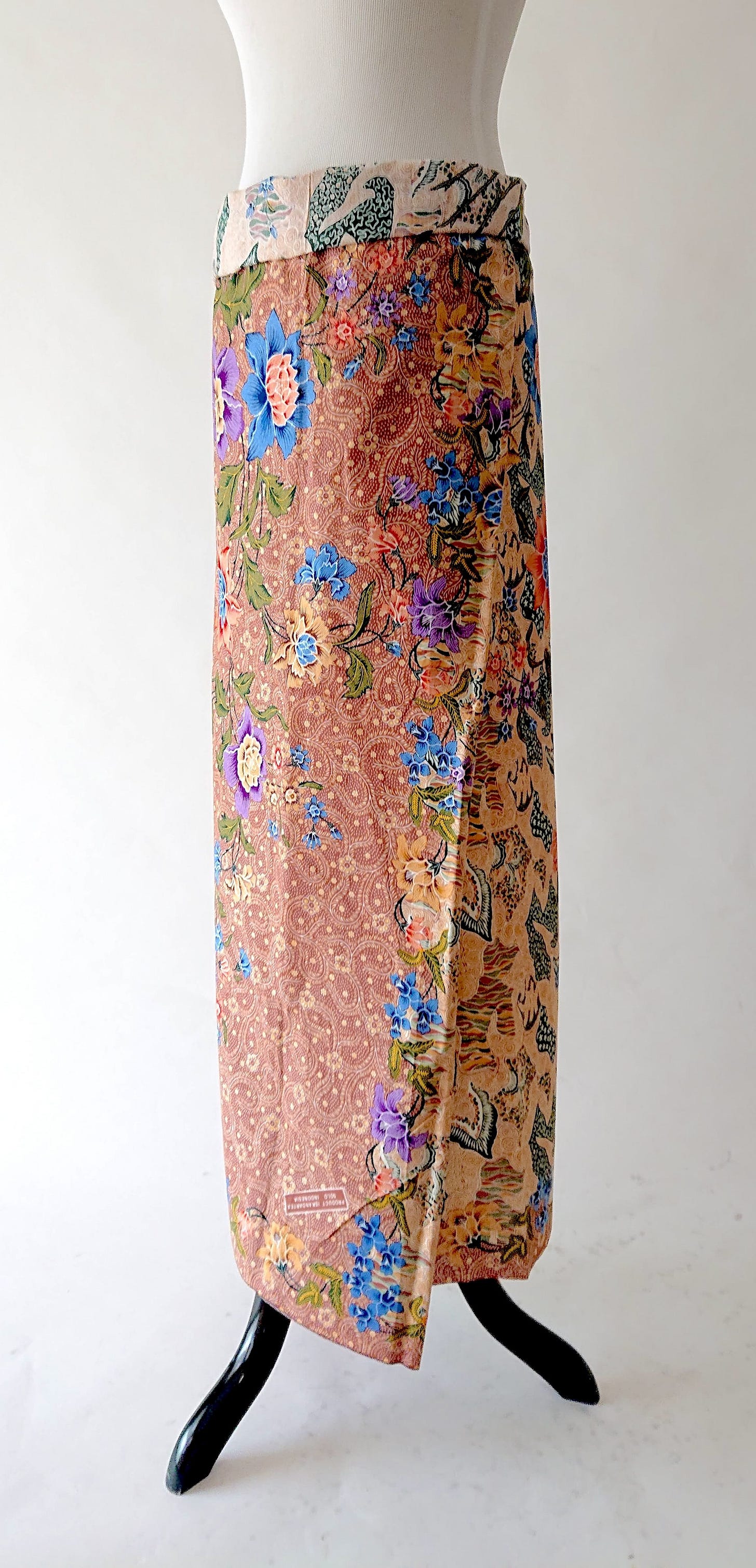Hi there! This the third and last part of my “Batik Storytelling: Decoding the Motifs of Javanese Textile Art” series. This content is only available for paid subscribers, so I’d like to thank you for supporting my work. I hope you enjoy this AAPI Heritage celebration series, and please let me know if you have questions or comments!
Here are the links for Part 1 and Part 2. And now, let’s dive straight into Part 3, where I’ll be sharing about my Batik garments. To conclude this 3-part storytelling series, I’d like to share what I have in my wardrobe - starting from sarongs and casual garments to more formal and special occasions. I will also share a couple of in-progress design projects incorporating Batik motifs.

In 2022, my contemplation about Javanese batik heritage finally led to renewed appreciation of my heritage, and I started to want to incorporate more Javanese Batik motifs into my wardrobe. Please keep in mind that most of what I have are made out of Batik Cetak (i.e. printed Batik motifs on fabric).
While this is problematic overall, my Batik shopping time in Indonesia is always extremely limited. With its cheaper price points, vibrant colors, and variety, merchants of Batik goods flocked to the most strategic places in popular shopping markets to snap customers. I’m one of such customers - short on time, easily baited visually when I see motifs I really liked, and I have serious purchasing intent.
I hope there’s still time in the future where I can personally purchase Batik Tulis pieces. I hope to spend more time getting to know the artisans, listening to their stories about what they are making, and weaving our stories together when I make a garment out of their textile art. For now, we will make do with what I have on hand!
Batik Sarung
First up is the most straightforward application of batik: sarung (sarong). The piece of fabric is formed into a loop by a straight stitch connecting the fabric’s edges on the short side. Typically, sarongs for males are longer and have a more muted color palette than the ones for females. Here are two kepala - badan sarongs I got from Yogyakarta. They should look familiar to you if you have read Part 2.
For kepala - badan sarongs, the fabrics have a distinctive kepala (head) pattern that’s separate from the rest of the badan (body) motifs. When you wear the sarong, you show the kepala pattern on the front, and the rest are wrapped around your body. You secure them by double or triple folding them on the waist, until the fold reaches your hips.
This is the sarong for males, made in Solo but with Yogyakarta style. Notice the simpler, darker color palette. The seam placement indicates that it’s a sarung kepala pasung variety, where the sarong is wrapped on the back. The modern semen pattern on the kepala is decorated with contained ceplok (geometric) patterns, inviting the wearer to conduct good leadership. The black base color also invites the wearer to have a cool temperament in dealing with worldly matters, to not lose patience and be humble.
In contrast, this is the sarong for females. Shorter length, very bright. This one also comes from Solo, although it’s a Pekalongan style. Allover flower bouquet motifs are symbols of beauty, soft temper, and loyalty. (By now, the social expectations of how males and females should behave have been GREATLY implied throughout these Batik motifs.) The seam placement indicates it’s of Indo-European style, where it’s wrapped right over left on the front.
Keep reading with a 7-day free trial
Subscribe to Fafafoom Studio Newsletter to keep reading this post and get 7 days of free access to the full post archives.








